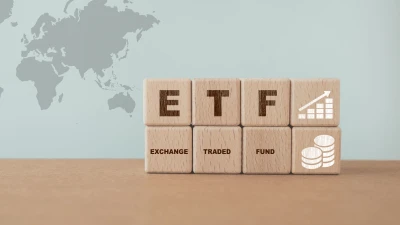Australian Ethical NPAT up 17%



Australian Ethical has posted a net profit after tax (NPAT) increase of 17% to $5.2 million, for the half year ended 31 December, 2020.
In an announcement to the Australian Securities Exchange (ASX), the fund also posted an underlying profit after tax of $4.9 million, up 11%, and an interim dividend of three cents per share, fully franked.
Its funds under management for the period increased 30% ($1 billion) to $5.05 billion, with record net inflows of $422 million (up 43%). Customer numbers were up 22% from 31 December, 2-019.
Superannuation flows increased by 27%, despite outflows of $40 million in FY21 due to the early release of super scheme. Managed fund flows (excluding institutional) were up 82% due to strong traction with high net worth investors and advisers.
Australian Ethical chief executive, John McMurdo, said the fund had seen “excellent momentum” in the first half of the financial year despite COVID-19 challenges and the uncertain economic outlook.
“The second half of the financial year will be impacted by higher operating expenses, due to timing of expenditure, as well as increased investment in capability, strategic initiatives, and regulatory projects as we continue to position our business for success,” he said.
“Looking forward, as part of our fee strategy, we will continue to reduce fees as we grow, to increase our competitiveness, and pass on benefits to our customers.”
Recommended for you
VanEck is expanding its fixed income range with a new ETF this week to complement its existing subordinated debt strategy which has received $1 billion in inflows this year.
Specialist global equities manager Nanuk has celebrated 10 years of its flagship New World Fund and is actively considering its next possible vehicle.
Australian equities manager Datt Capital has built a retail-friendly version of its small-cap strategy for advisers, previously only available for wholesale investors.
The dominance of passive funds is having a knock-on effect on Australia’s M&A environment by creating a less responsive shareholder base, according to law firm Minter Ellison.











